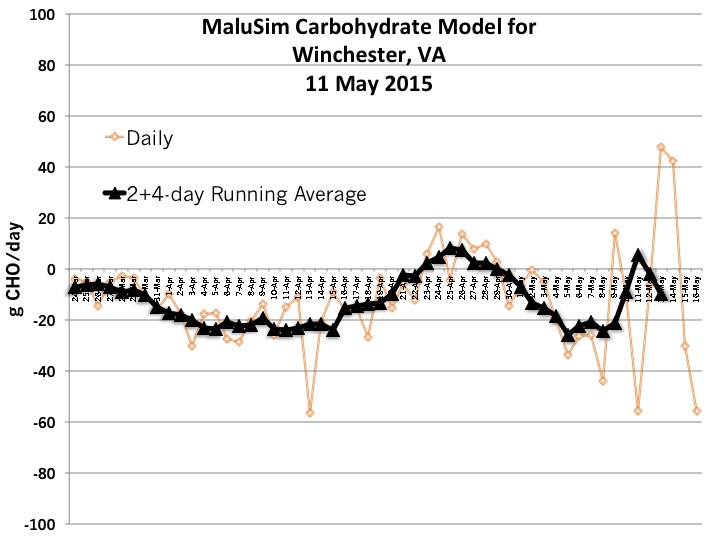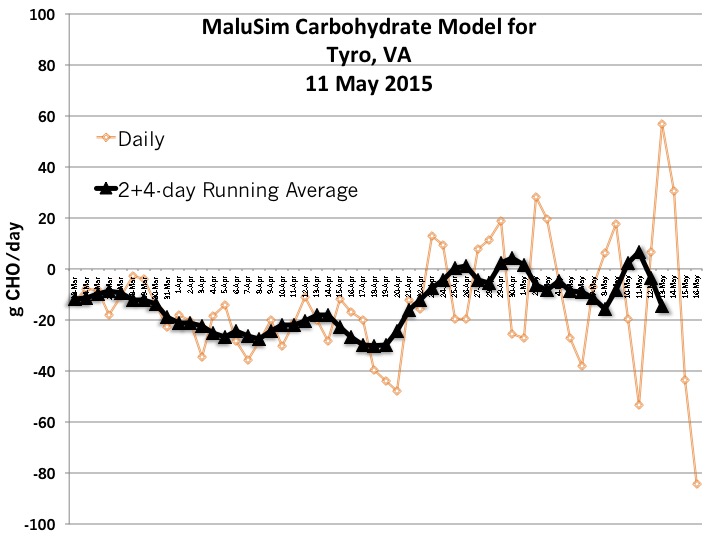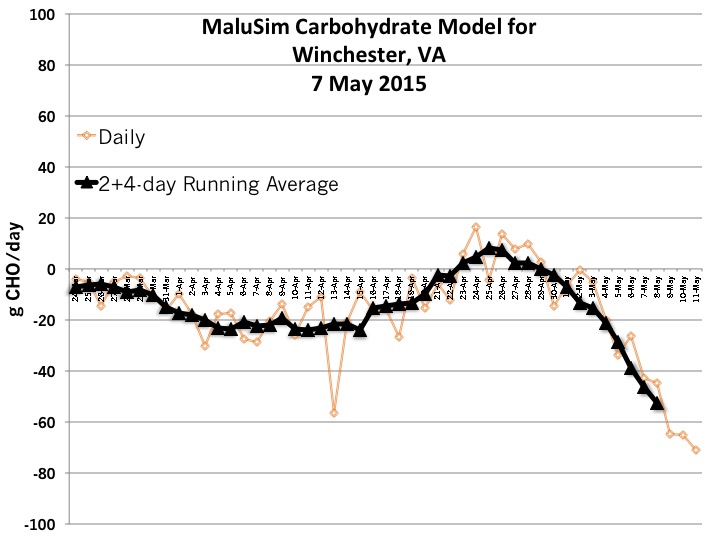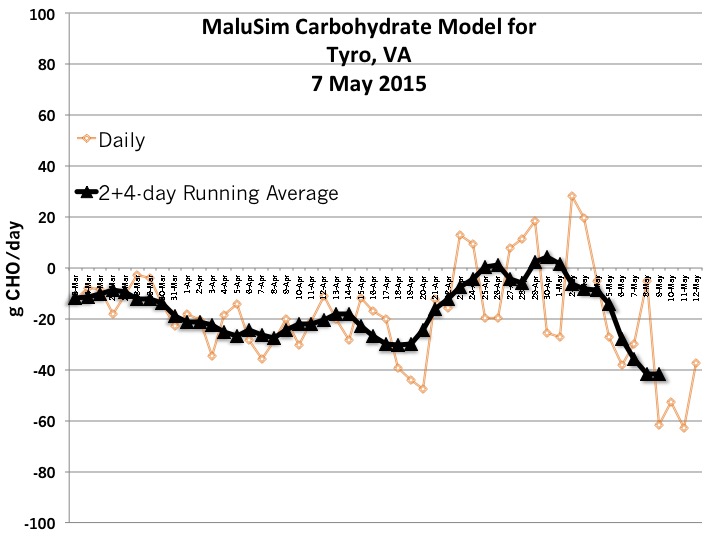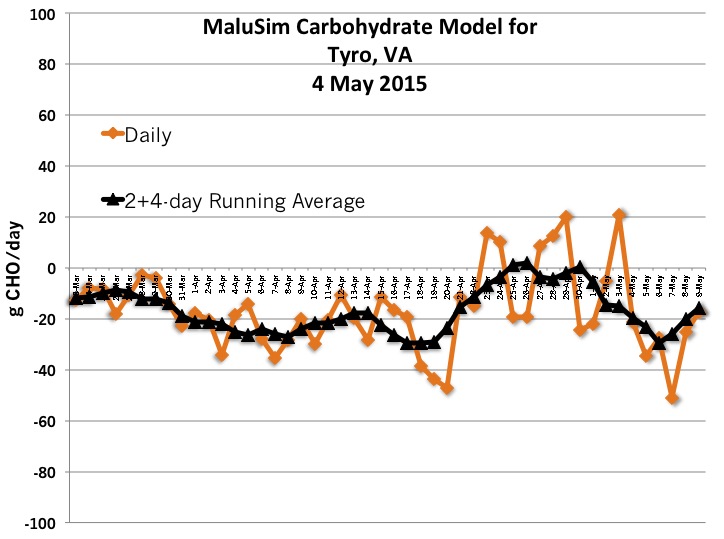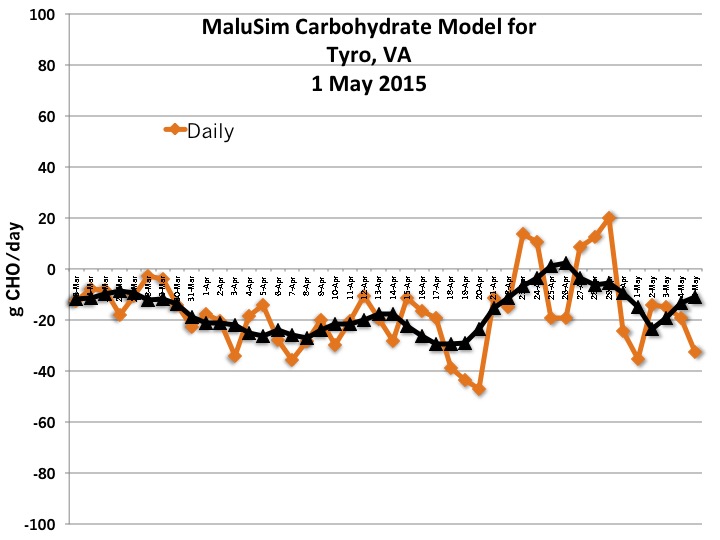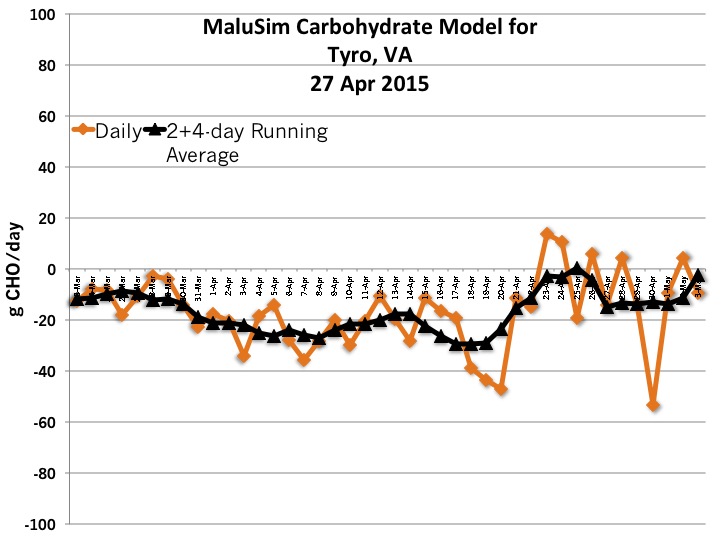By Mark Sutphin, Associate Extension Agent
I received a recent inquiry that I thought I would share so that all may know of the possible tax credit opportunity. Through Virginia Agricultural BMP Cost Share and Tax Credit Programs, tree fruit and grape growers who purchase precision spray equipment might be eligible for a tax credit. The specific question I received was regarding a Durand Wayland Smart Spray system, but other equipment manufacturers have systems that may be eligible for tax credits as well. Please reach out to Virginia Department of Conservation & Recreation (DCR) or your local Soil and Water Conservation office for specifics on the tax credit program and to file for approval of a tax credit claim.
The exact wording regarding precision agricultural equipment from the Program Year 2015 Virginia Agricultural Cost-Share (VACS) BMP Manual can be found below as well as the link to the entire document. Tax Credit for Purchase of Precision Agricultural Equipment (page IV – 13) § 58.1-337.
Tax credit for purchase of advanced technology pesticide and fertilizer application equipment.
A. Any individual engaged in agricultural production for market who has in place a nutrient management plan approved by the local Soil and Water Conservation District by the required tax return filing date of the individual shall be allowed a credit against the tax imposed by § 58.1-320 of an amount equaling twenty-five percent of all expenditures made by such individual for the purchase of equipment certified by the Virginia Soil and Water Conservation Board as providing more precise pesticide and fertilizer application. Virginia Polytechnic Institute and State University and Virginia State University shall provide at the request of the Virginia Soil and Water Conservation Board technical assistance in determining appropriate specifications for certified equipment, which would provide for more precise pesticide and fertilizer application to reduce the potential for adverse environmental impacts. The equipment shall be divided into the following categories:
- Sprayers for pesticides and liquid fertilizers;
- Pneumatic fertilizer applicators;
- Monitors, computer regulators, and height adjustable booms for sprayers and liquid fertilizer applicators;
- Manure applicators;
- Tramline adapters; and
- Starter fertilizer banding attachments for planters.
B. The amount of such credit shall not exceed $3,750 or the total amount of the tax imposed by this chapter, whichever is less, in the year of purchase. If the amount of such credit exceeds the taxpayer’s tax liability for such taxable year, the amount which exceeds the tax liability may be carried over for credit against the income taxes of such individual in the next five taxable years until the total amount of the tax credit has been taken.
C. For purposes of this section, the amount of any credit attributable to the purchase of equipment certified by the Virginia Soil and Water Conservation Board as providing more precise pesticide and fertilizer application by a partnership or electing small business corporation (S corporation) shall be allocated to the individual partners or shareholders in proportion to their ownership or interest in the partnership or S corporation.
http://dswcapps.dcr.virginia.gov/htdocs/agbmpman/csmanual.pdf
Additional information regarding the Virginia Agricultural BMP Cost Share and Tax Credit Programs can be found at the following link:
http://www.dcr.virginia.gov/soil_and_water/costshar.shtml
Mark Sutphin Associate Extension Agent | Agriculture and Natural Resources, Horticulture | Unit Coordinator (Frederick) Virginia Cooperative Extension – Frederick County Office | 107 North Kent Street | Winchester, VA 22601 Phone – 540.665.5699 | Fax – 540.722.8380 | Cell – 540.398.8148 | Email – mark.sutphin@vt.edu | http://offices.ext.vt.edu/frederick/ | http://vacoopext.blogspot.com/
Serving the counties of Frederick, Clarke, Page, Shenandoah, & Warren VIRGINIA POLYTECHNIC INSTITUTE AND STATE UNIVERSITY Extension is a joint program of Virginia Tech, Virginia State University, the U.S. Department of Agriculture, and state and local governments.

